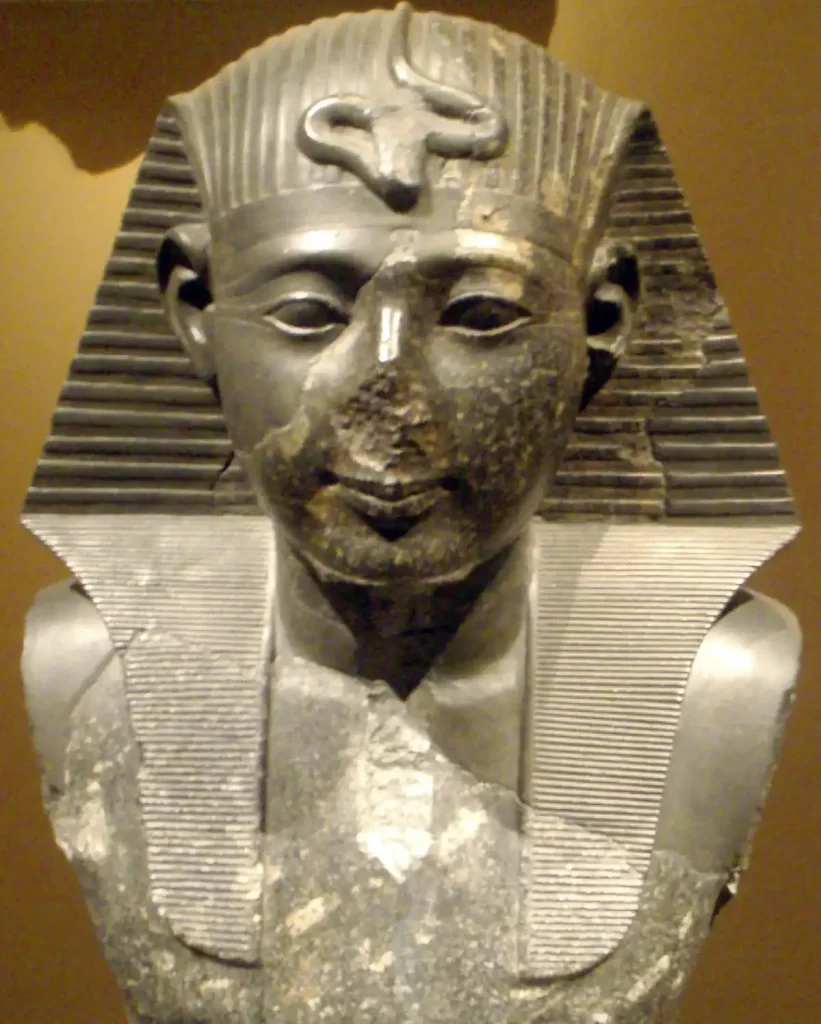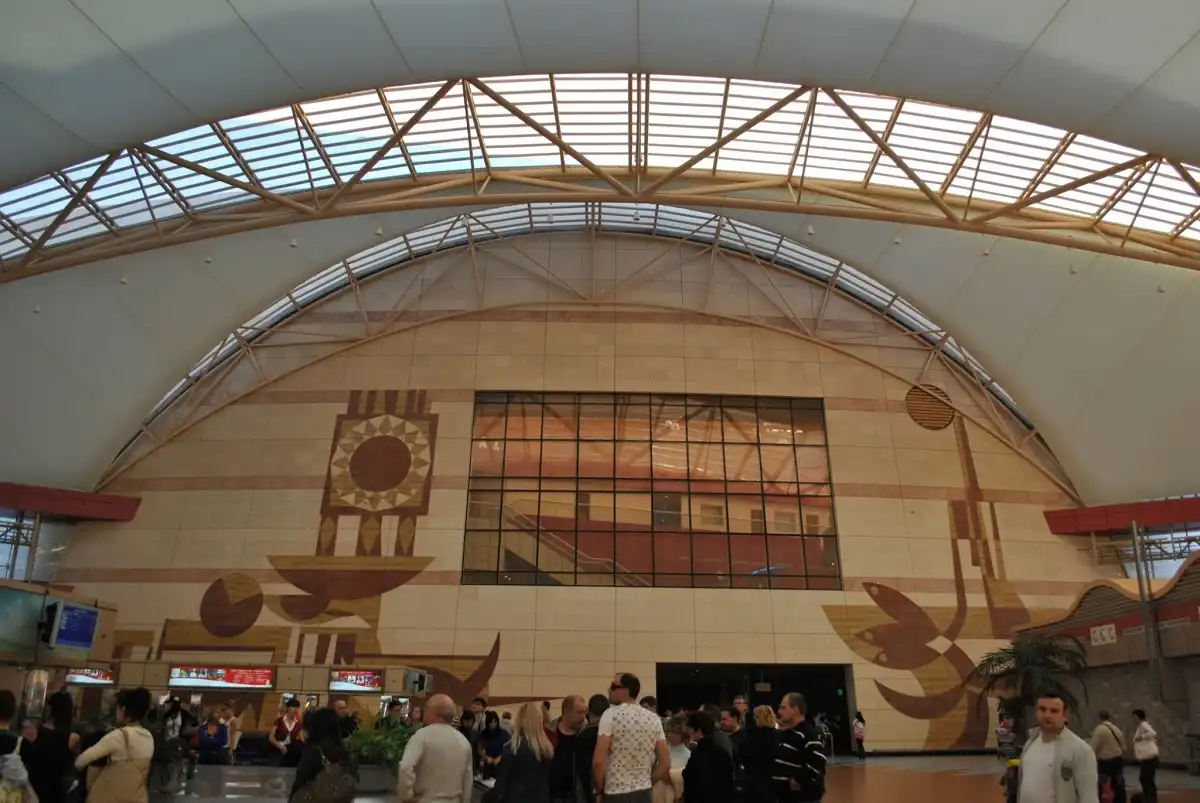
King Seti I
[ez-toc]
The 19 Egyptian dynasties of the New Kingdom (1550–1050 BC) included King Seti I (1294–1279 BC). In reference to the god Seth, the embodiment of chaos, storms, violence, and disorder, his name “Seti” means “Of Seth.” He was called Medmaatre, which translates to “Eternal is the righteousness of Re,” Merenptah, which means “Man of Set, Beloved of Ptah,” and Sethos in Greek. As a result of the numerous accomplishments throughout his reign, King Seti I is regarded as one of the most significant pharaohs in ancient Egyptian history.
Family Tree of King Seti I
Ramses I, a pharaoh, and Site, a queen, were the parents of Seti I. Ramsess II, sometimes known as Ramses the Great, was one of his four children from his marriage to Queen Tuya. Before ascending to the throne, he held many positions, including troop commander, head archer, and vizier. Because the pharaoh had the terrible habit of regularly revising the dates of prior reigns to erase the unpopular pharaohs from history, not a lot is known about them.
Achievements of King Seti I
The era of Seti I was prosperous; he was a superb builder who created a number of amazing monuments and was able to significantly extend the borders of ancient Egypt. In the turbulent latter days of the 18th dynasty, Egypt lost its lost status, which he was able to recover.
King Ramses II was able to complete his father’s work by defeating the Hittite army in the battle of Kadesh and forging the first known peace treaty in history. Seti I led a large army of 60,000 men in numerous battles in the north of Palestine and Syria against the Hittite army led by King Muwatallis.
He established numerous new quarries for the stone and precious metals needed to craft magnificent monuments and obelisks. He restored numerous temples and shrines in addition to many wells. The work on the mystical hypostyle hall at Karnak that his father Ramses I had begun was resumed by King Seti I. He built a number of temples, including the beautiful Seti Temple at Abydos, which is dedicated to a number of deities, including Osiris, Horus, Isis, Amen-Re, Ptah, and Re-Harakhte.
There are numerous other temples, including the temple of Elephantine, the desert temple in northern Edfu, the temple of Buhen, and the mortuary temple at Qurna in Thebes. All of these temples were devoted to the gods and to the pharaohs to show the close relationship between the general populace, the pharaohs, and the gods.
Constructions of King Seti I
The tomb of Seti I can be found in the Valley of the Kings, also known as “Belzoni’s Tomb,” “The Tomb of Psammis, Son of Nechois,” and “The Tomb of Apis.” In 1817, Giovanni Battista Belzoni found the tomb. It was 136 meters long (446 ft). The entrance to the tomb is reached through a flight of steps that drop, after which a passageway and another set of stairs are reached.
A rectangular tunnel behind the second corridor leads into an 8 m wide room with four sizable pillars connecting to a second hall. There is a large hall with two chapels and six pillars. The burial chamber is amazing because it has sections from the Book of the Gates and the Amduat engraved on the walls and ceilings, respectively.
His mummy is kept in an alabaster sarcophagus in the burial chamber of the tomb, and there is fascinating, stunning art that highlights a portion of his history.



